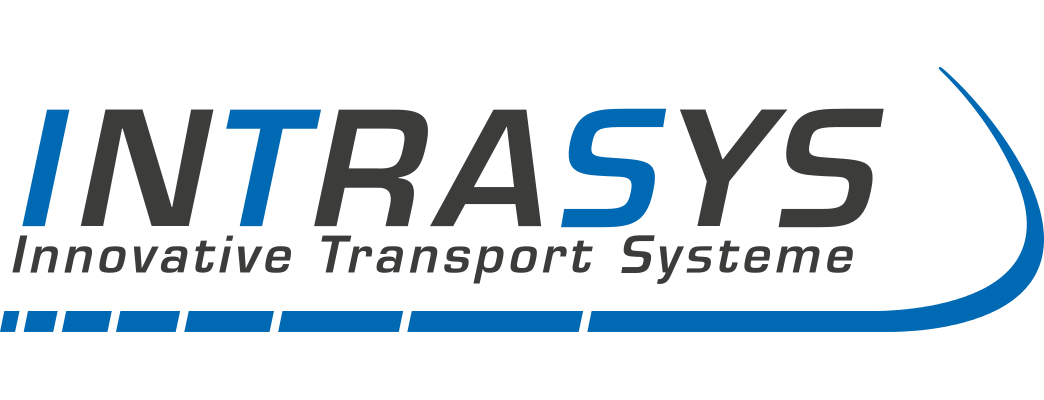MOTOR PRINCIPLE
In a conventional, rotating (synchronous) motor, alternating current flows through the coils of the stator (primary part). This creates a magnetic field that interacts with the magnetic field of the permanent magnet in the rotor (secondary). The superposition of the two magnetic fields creates forces which rotate the rotor in the stator.
If a rotating motor is unwound and the stator (primary part) is stretched flat along the path, a linear motor is created.
The principle of a linear motor
In order for the secondary part to move linearly across the stator, a travelling magnetic field is required. This travelling field is in turn generated by a current flowing in the stator.
The magnetic field of the secondary and the moving magnetic field of the stator generated by the current are also superimposed in the linear motor. The result is a linear movement of the secondary (e.g. of a carriage) – depending on the alternating current flowing in the stator.
On the one hand, the secondary can consist of a simple metal plate. In this case, the moving field of the stator induces a current in the secondary. This current flow forms its own magnetic field, which in turn interacts with the moving magnetic field of the stator. The resulting forces move the secondary part asynchronously to the moving magnetic field. Such an arrangement is called a linear induction motor or LIM for short.
On the other hand, the secondary can also consist of permanent magnets. In this case, the phase position and the frequency of the excitation current must be adapted to the position and speed of the secondary. This is achieved by means of a special probe system and corresponding control electronics. This drive is referred to as a linear synchronous motor or LSM for short.
The driving force is transmitted to the secondary part completely contact-free and thus wear-free. If the sensor technology has a good resolution and the control electronics a high accuracy, then the position, the driving force and the speed with which the secondary moves can be precisely adjusted. The secondary can be accelerated (almost) at will or guided over longer distances at an extremely constant speed.
The advantage of the LSM system over the LIM system is its significantly higher efficiency and quasi-fixed teeth. This enables high-precision positioning without slippage. As a further advantage of the LSM system, the secondary part equipped with permanent magnets can also be used as an eddy current brake.
In individual cases, however, the LIM system can also offer advantages due to its lower secondary mass. For this reason, InTraSys offers both systems.


